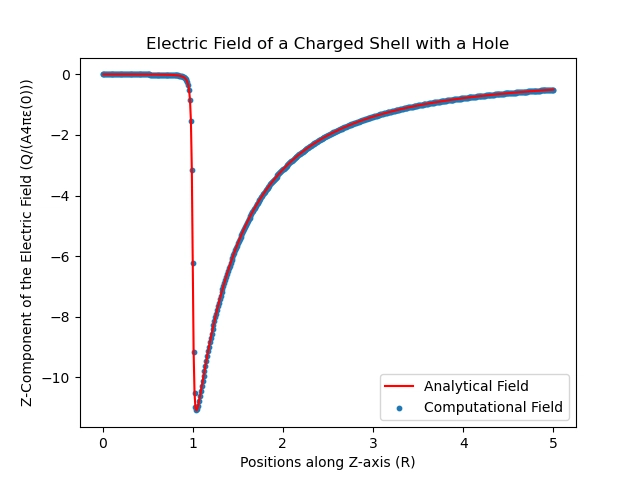Stop Wasting Money on the Wrong Robot Parts: The Essential Starter Kit
Starting in robotics is exciting and overwhelming. With so many shiny, high-spec parts available, beginners often spend too much on components they don’t need yet. Worse, mismatched parts can lead to poor performance and frustration.
Here’s the truth: your first robot doesn’t need to be powerful, it just needs to work for the problem you’re solving right now. Start simple, then upgrade when the task demands it.
Level 1: Build Your First Robot — The Simple Obstacle Avoider
Your first build is the “Hello World” of robotics: a bot that moves forward until it detects something in its way, then turns to avoid it. No maps, no GPS, no complicated navigation — just simple reaction.
Essential Components:
Actuation:
2–4 DC geared motors (without encoders) – simple, affordable, and perfect for basic movement
L298N (or similar) motor driver – passes commands from your microcontroller to the motors
Perception:
HC-SR04 ultrasonic sensor – detects obstacles straight ahead
Foundation:
Arduino Uno or ESP32 – the brain
A basic chassis, battery pack, and wiring
Why keep it simple? Precision isn’t the goal yet — you just need to learn how to control motors and read sensor input. All of this can be done for under $50.
Level 2: Upgrade to an Autonomous Navigator
Once you’ve mastered obstacle avoidance, it’s time for a bigger challenge — a robot that maps its surroundings, navigates, and avoids moving obstacles. This is where SLAM (Simultaneous Localization and Mapping) comes in.
Upgraded Components:
Precise Movement & Odometry:
DC motors with encoders – measure wheel rotation to estimate position
*360° Perception:
*
2D LiDAR (RPLIDAR A1 or YDLIDAR X4) – creates a live, 360° view for mapping and navigation
Pose Correction:
IMU (MPU-6050 or BNO055) – corrects odometry drift by tracking orientation
The “Don’t Buy This Yet” List
Not every upgrade is worth it for every stage:
3D LiDAR: Overkill for flat surfaces — 2D LiDAR is faster, cheaper, and easier to process
Depth Camera: Limited range, sensitive to lighting, and heavier on computation
Spend on the tools that match your current challenge, not the ones that look most impressive on a spec sheet.
The Takeaway
Level 1: Learn basics with DC motors, an ultrasonic sensor, and a microcontroller
Level 2: Upgrade to encoders, LiDAR, and IMU when you need mapping and autonomy
By scaling your components to your goals, you’ll save money, learn faster, and avoid the “expensive paperweight” problem.
Ready to go from a table-top obstacle avoider to a warehouse-grade navigator?
Our Mobile Robotics Engineering course at Robotisim walks you through each stage, with curated hardware lists, build guides, and hands-on projects for real-world robots.

